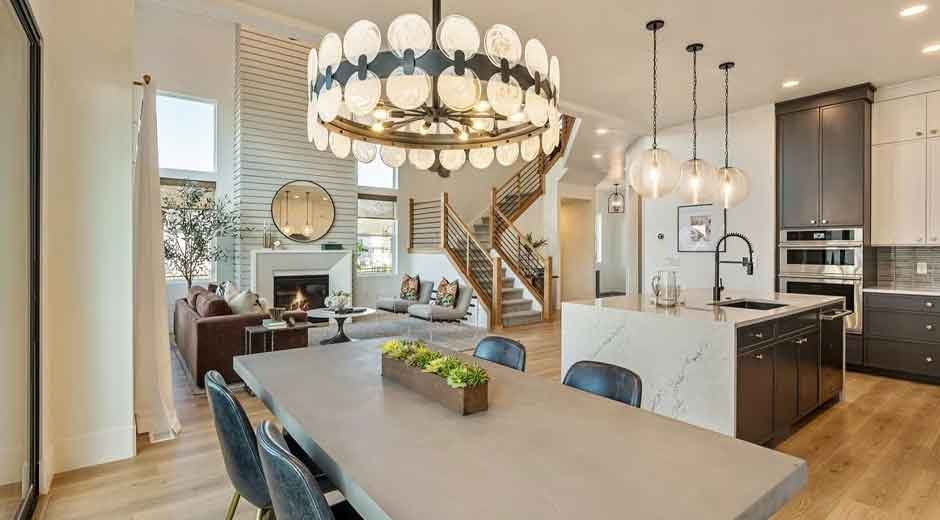Pendant lights are one of the most versatile lighting options for modern interiors. Whether you want to create a focal point, enhance the ambiance, or add a touch of sophistication, the right pendant lighting can transform a space. However, simply hanging a pendant light isn’t enough to maximize its impact. Elevating pendant lights in your home involves careful consideration of placement, scale, style, and layering to ensure they complement both function and aesthetics.
Consider Ceiling Height and Placement
One of the most important factors in enhancing pendant lights is their placement. Low-hanging pendants can make a room feel cozy and intimate, while higher placements offer a more spacious and open feel. For dining areas or kitchen islands, a general rule is to hang pendants about 28 to 34 inches above the surface. In living rooms or bedrooms, you might choose a slightly higher height to allow free movement and to prevent the fixture from overwhelming the space.
In addition to height, consider the location. Symmetry often works best over dining tables or kitchen counters, while clusters or staggered arrangements can add a dynamic element to entryways or hallways. Thoughtful placement ensures your pendant lights not only provide sufficient illumination but also serve as a design statement.
Choose the Right Scale and Style
The scale of your pendant lights relative to the room is crucial. Oversized pendants can dominate smaller spaces, making them feel cramped, while tiny fixtures in large rooms may look lost or insignificant. To achieve balance, measure the dimensions of your room and select fixtures that complement the proportions.
Style is equally important. Sleek, modern pendants work well in contemporary interiors, whereas vintage or industrial designs can add character to rustic or eclectic spaces. Consider materials, finishes, and shapes. Glass pendants create a soft glow, metal fixtures offer a bold presence, and wooden elements add warmth and texture. Selecting a style that harmonizes with your existing décor from places like City Lights will ensure your pendant lights feel integrated rather than tacked on.
Layer Your Lighting
Pendant lights are most effective when layered with other forms of lighting. Combining pendants with recessed lighting, wall sconces, or floor lamps creates depth and allows you to adjust the ambiance according to your needs. For instance, a pendant above a kitchen island can serve as task lighting, while recessed ceiling lights provide general illumination. This layered approach makes a room feel more balanced and visually interesting, rather than relying solely on one type of light source.
Focus on Functionality and Mood
While aesthetics are important, the functionality of pendant lights shouldn’t be overlooked. Dimmer switches are a simple yet transformative addition, allowing you to control the brightness and set the right mood for any occasion. Choosing fixtures that diffuse light well can prevent harsh shadows, making the space comfortable for reading, cooking, or entertaining.
Incorporating pendant lights in unconventional ways can also elevate your home’s style. Consider grouping multiple small pendants at varying heights to create a sculptural effect or using them in unexpected locations like above a bathtub, in a reading nook, or along a hallway. This approach transforms lighting into an artful design element, adding personality and intrigue to your interiors.
